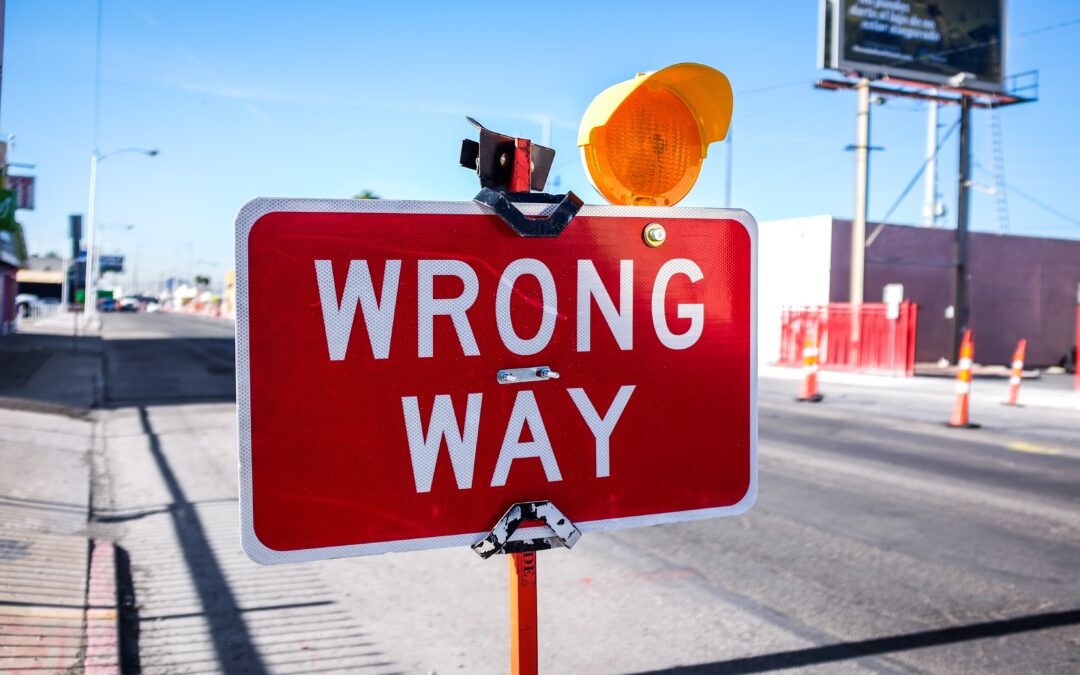One great benefit about blogging is that you are likely both a blog producer and blog consumer. If you’ve ever wondered how to do something around the house or searched for answers to common questions, you’ve probably read a blog.
And while you might not have considered what makes for a bad blog, you’ve also probably read one and left that website as quickly as you got there.
No one blogging strategy works for every business or website. But there are mistakes that any blog writer can make that would harm the blog’s ability to bring in prospective readers and help them dig in to learn more.
1. Your Headline is Misleading or Doesn’t Provide Enough Information
Headlines are often the first thing that a reader sees about a blog post. The headline might be in the form of the page title in search engine results or it might be part of a newsletter or even a third-party link. No matter where the headline is located it needs to describe what the blog is about accurately while also enticing the reader to click.
Your headline should be several words long and ideally, it’s targeting a long-tail keyword so that it’s both enticing your reader and providing SEO value.
2. The Blog Lacks Imagery or Has Poor Imagery
People connect with visuals. You don’t want to use outdated, blurry images on your blog. But you should avoid a blog without images.
Help keep your audience engaged with dynamic visuals that tie into your blog’s content. Pick modern-looking stock photos and try to avoid making them too cheesy.
Images also help your links look more attractive when they are shared on social media. Otherwise, the social media platform might pull in random other images from your site or your logo. These images might not resonate with the reader and won’t do anything to visually tell the reader what your content is about.
3. It Isn’t Clear How to Sign Up for Emails from Your Company
To stay connected with blog visitors, you want to make it easy to opt in to receive emails from your company. One-time visitors won’t provide long-term value to your blog or your business.
Make your email opt-in box clear, prominent and inviting. And you might even provide a little incentive for opting in, such as a free download or discount code.
4. The Content is Riddled with Typos
Typos make your blog look unprofessional. In an instant, you’ve made it clear that you don’t take yourself seriously, which makes it challenging for your readers to take you seriously. Take the time to proofread your content and ideally, get a second set of eyes on everything you write before publishing it.
5. Paragraphs and Sentences Are Long
Long, chunky paragraphs are intimidating to the eyes of a reader. They want content that they can quickly digest. Keep sentences and paragraphs short.
And ideally, break up your content under headings and use bulleted and numbered lists regularly to make the content simple to skim and enjoyable to read.
6. Writing Short Blog Posts All the Time
Short blog posts can have their place on your blog. But that doesn’t mean that every piece of content that you publish should be short. Instead, consider how pillar pages can help you improve your SEO.
Ultimately, it’s better to post long-form content less often than it is it publish tons of short-form articles frequently.
7. Publishing Sporadically
Before you start a blog, you should have a content calendar. You don’t want to publish information just here and there. Instead, make sure that you are strategically posting with consistent frequency and distributing that content regularly.
Still unsure about how to maximize your blog and avoid common pitfalls, schedule a free consultation now to learn more about copywriting and content services from Bridge the Gap Communication.
Bad Blogging Questions and Answers
Learn how to avoid bad blogs by reviewing these common questions and answers.
What Is a Bad Blog?
Poor blogs do not resonate with your customers. That means that a customer arrives and quickly bounces.
How Do You Write a Bad Blog?
An unengaging blog has poor headlines, unclear writing and much more. You need a skilled writer to aid in drafting great content.
What to Avoid in Blogging?
In blogging, you should avoid a lack of audience understanding, trying to tackle too many diverse topics and much more.

